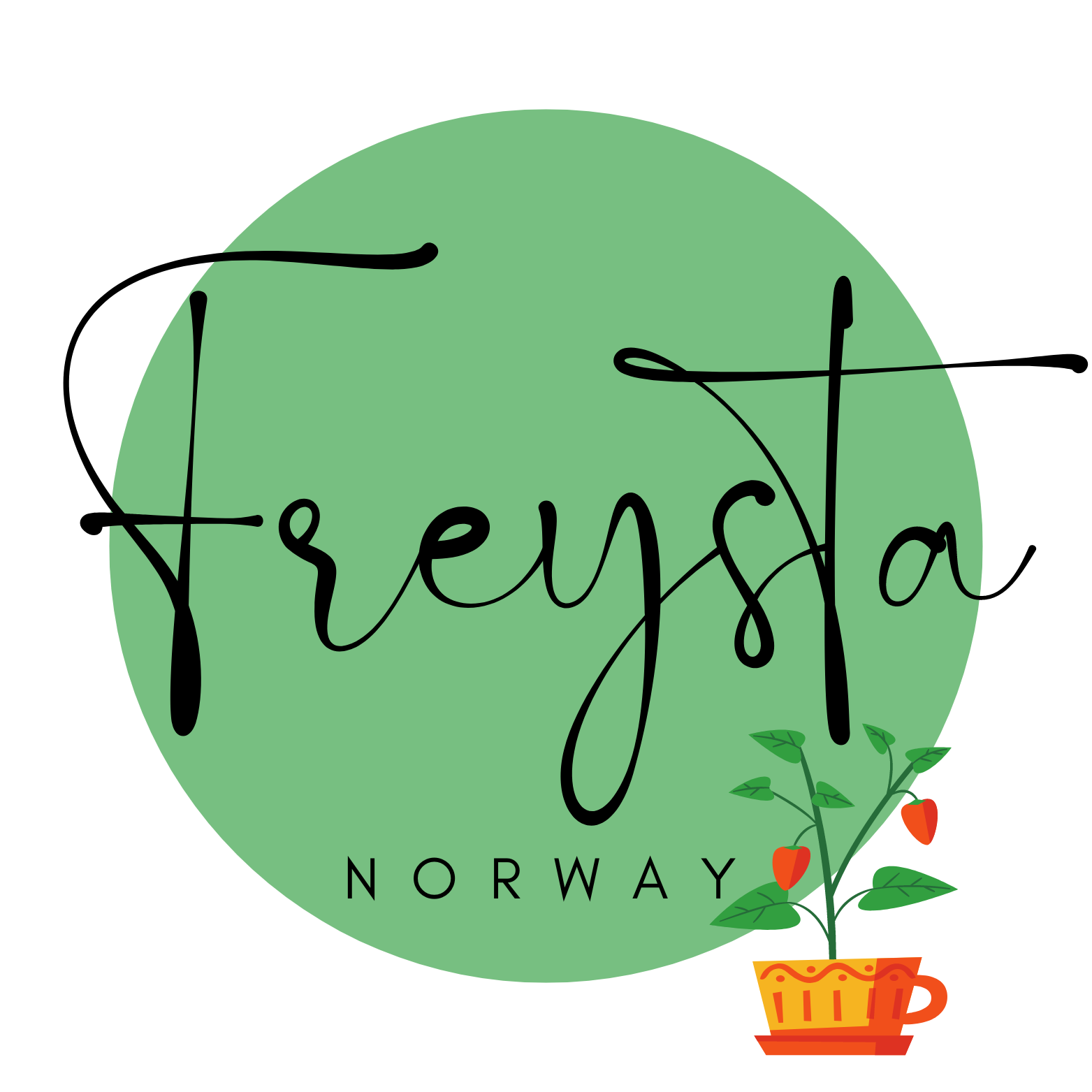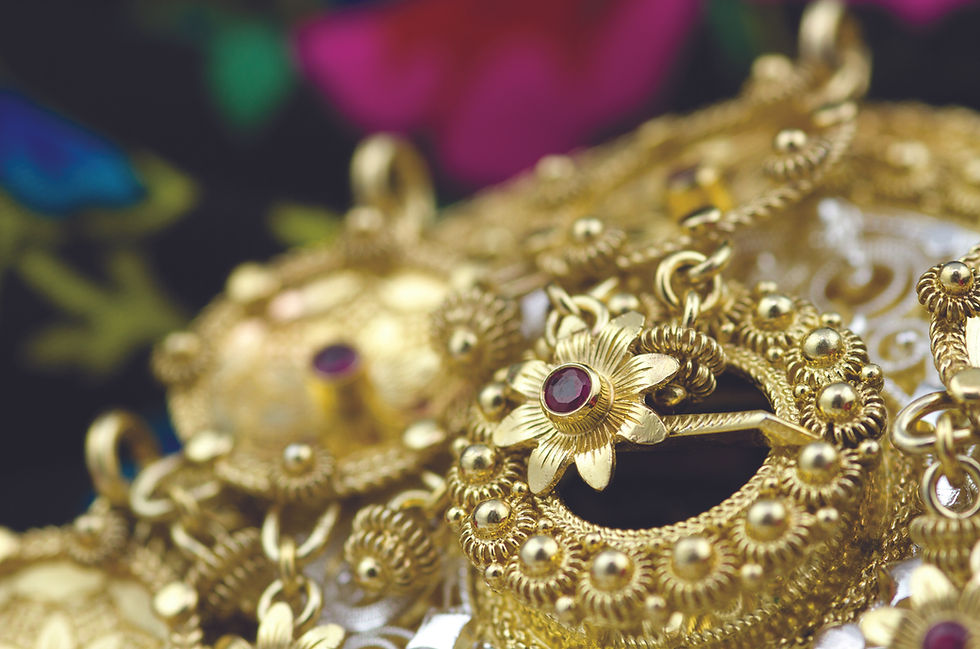Be Buste – When Newlyweds Went Door to Door
- Marion Solheim

- Oct 28
- 2 min read

Imagine a young, blushing couple, freshly married, standing at your doorstep in their best clothes, asking for seed grain, some wool, or maybe a piece of meat. They weren’t begging out of desperation, though. They were doing the be buste, following an old Norwegian tradition that once was a symbol of solidarity and generosity in rural life.
Solidarity in the Old Farming Society
Be buste was part of Norway’s traditional farm culture. After the midsummer wedding, the newlyweds would go on their bustegang in the fall, when the harvest was complete and people had something to share. Something the new wife and hubby typically did not.
They didn’t ask for money or livestock, but for practical things to start their new life. Often it was seed grain, wool, food, and small household items. It was a way for the community to give the new couple a fair start before their own fields could provide.
The phrase comes from “be” (to ask) and “buste” (from bustad, meaning home).The couple dressed in their finest clothes and might carry a borrowed walking stick with a silver handle to show their purpose. They went from farm to farm, never entering the houses or accepting food. People knew why they came, and in some areas they recited a short formula: “The busteman and the bustewoman are out asking for buste, in God’s name.”

When the Custom Got Out of Hand
Over time, be buste spread from the poor to all newlyweds, and not everyone was too happy about that. Some couples even traveled far from their own village to collect more goods.
In 1786, the practice was banned in the Christiansand diocese. In Bjerkreim, Rogaland, the ban didn’t come until 1854. The custom lasted longest along the west coast, but by the late 1800s it had mostly disappeared.
Simonsmesse – The Day of Bustegang
Traditionally, people went buste around Simonsmesse, on October 28th – a Catholic feast day honoring the apostles Simon and Jude Thaddeus. It marked the turning of the seasons, when winter was just around the corner and everyone wanted to be ready.
The bustegang for sure was a good thing for a young couple, starting a new chapter in their lives. Today it serves as a nice reminder of sharing and standing together.
Sources:




